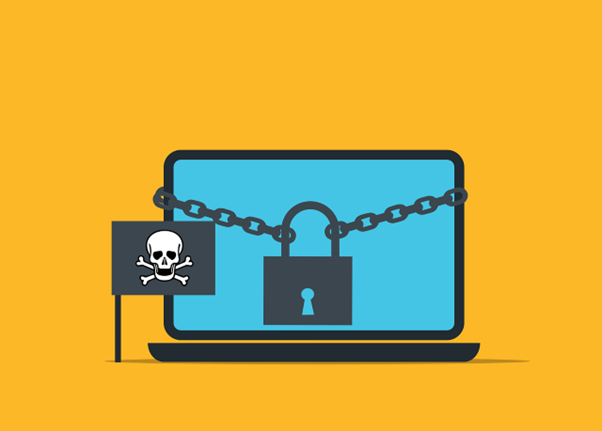Phishing 2.0: How AI is Amplifying the Danger and What You Can Do
Phishing has long been a menacing presence, but with the integration of AI, its dangers have escalated significantly. Enter Phishing 2.0 - a more...
3 min read
![]() Totalcare IT
:
May 8, 2024 1:05:00 PM
Totalcare IT
:
May 8, 2024 1:05:00 PM
Have you ever seen a video of your favorite celebrity saying something outrageous? Then later, you find out it was completely fabricated? Or perhaps you've received an urgent email seemingly from your boss. But something felt off.
Welcome to the world of deepfakes. This is a rapidly evolving technology that uses artificial intelligence (AI). It does this to create synthetic media, often in the form of videos or audio recordings. They can appear real but are actually manipulated.
People can use deepfakes for creative purposes. Such as satire or entertainment. But their potential for misuse is concerning. Deepfakes have already made it into political campaigns. In 2024, a fake robocall mimicked the voice of a candidate. Scammers wanted to fool people into believing they said something they never said.
Bad actors can use deepfakes to spread misinformation. As well as damage reputations and even manipulate financial markets. They are also used in phishing attacks. Knowing how to identify different types of deepfakes is crucial in today’s world.
This is the most common type. Here the face of one person is seamlessly superimposed onto another's body in a video. These can be quite convincing, especially with high-quality footage and sophisticated AI algorithms.
Here's how to spot them:
This type involves generating synthetic voice recordings. They mimic a specific person's speech patterns and intonations. Scammers can use these to create fake audio messages. As well as make it seem like someone said something they didn't.
Here's how to spot them:
This is an emerging type of deepfake. It uses AI to generate written content. Such as social media posts, articles, or emails. They mimic the writing style of a specific person or
publication. These can be particularly dangerous. Scammers can use these to spread misinformation or impersonate someone online.
Here's how to spot them:
This type goes beyond faces and voices. It uses AI to manipulate objects within real video footage such as changing their appearance or behavior. Bad actors may be using this to fabricate events or alter visual evidence.
Here's how to spot them:
Staying vigilant and applying critical thinking are crucial in the age of deepfakes.
Familiarize yourself with the different types. Learn to recognize potential red flags. Verify information through reliable sources. These actions will help you become more informed and secure.
Criminals are using deepfakes for phishing. Just by clicking on one, you may have downloaded a virus. A device security checkup can give you peace of mind. We’ll take a look for any potential threats and remove them.
Contact us today to learn more.

Phishing has long been a menacing presence, but with the integration of AI, its dangers have escalated significantly. Enter Phishing 2.0 - a more...

QR codes are everywhere these days. You can find them on restaurant menus, flyers, and posters. They’re used both offline and online. QR codes are...

Imagine you’re working away on your PC and see a Windows update prompt. Instead of ignoring it, you take action. After all, you want to keep your...